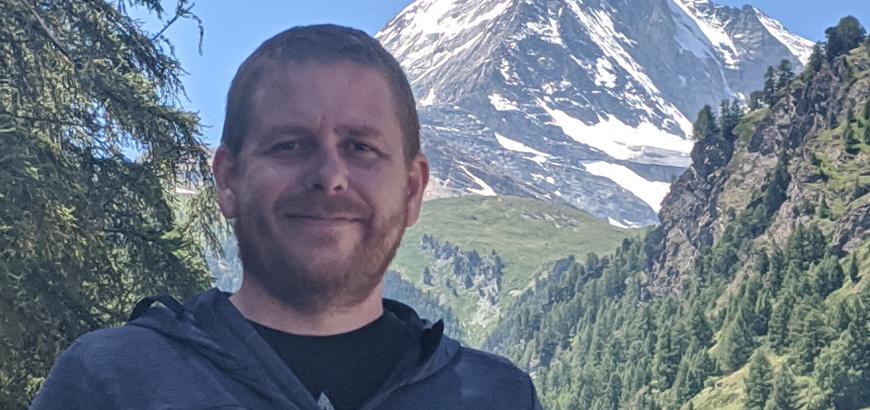It started with a two-month stint at the Max Planck Institute (MPI) for Evolutionary Anthropology in Leipzig before finishing graduate school. At the MPI Moran made contacts with linguists who used quantitative methods to explore large scale language comparison and remote linguistic relationships. After filing his 2012 dissertation, Phonetics Information Base and Lexicon, a study of properties of the sound systems of 1089 distinct spoken languages, Moran’s phylogenetic skills were honed by a series of postdoctoral research positions on quantitative approaches to language change and diversity at the Universities of Munich and Marburg (with Michael Cysouw), and at the University of Zurich (with Balthasar Bickel). Another postdoc with Sabine Stoll on a crosslinguistic child language acquisition project at the University of Zurich developed his ontogenetic side. (Having no formal training in language acquisition, he describes himself as having been “thrown in the deep end” during this time.) Meanwhile, Moran was accruing publications on sound system diversity and complexity and remote language relationships, including a 2019 article "Human sound systems are shaped by post-Neolithic changes in bite configuration," proposing how labio-dental fricatives in sound inventories could have arisen from the post-adolescent persistence of overbite and overjet with softer food diets in agricultural societies.
Now Moran has his own five-year research grant through the Swiss National Science Foundation to investigate whether language could have evolved slowly. The Institute of Biology at the University of Neuchâtel provides the academic home for this project on the development of phonology in humans from a biological perspective. Moran and his team of three PhD students and collaborators at the University of Zurich are trying to determine what aspects of the phonetic space might be reconstructable to the split with the common ancestor between humans and other primates. Along the way the team plans to apply linguistic phonetic methods to the study of great ape vocalizations and to investigate the phonetic space of the larger oro-facial cavities of Neanderthals, and assess theories that spoken language came out of gestural communication.
Moran’s advice to current PhD students in linguistics is “follow your passion, but be cognizant of your future opportunities”. In Moran’s case, at his MA institution, Eastern Michigan University, he enjoyed his documentary fieldwork on Western Sisaala, but soon realized that it was very difficult to get a full time job as a field linguist, so he decided to study computational linguistics at the University of Washington to ensure he could get some kind of job at the end of his studies. Fortunately for Moran and the field of linguistics, he is still pursuing one of his passions.
